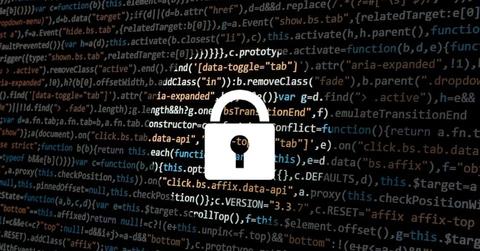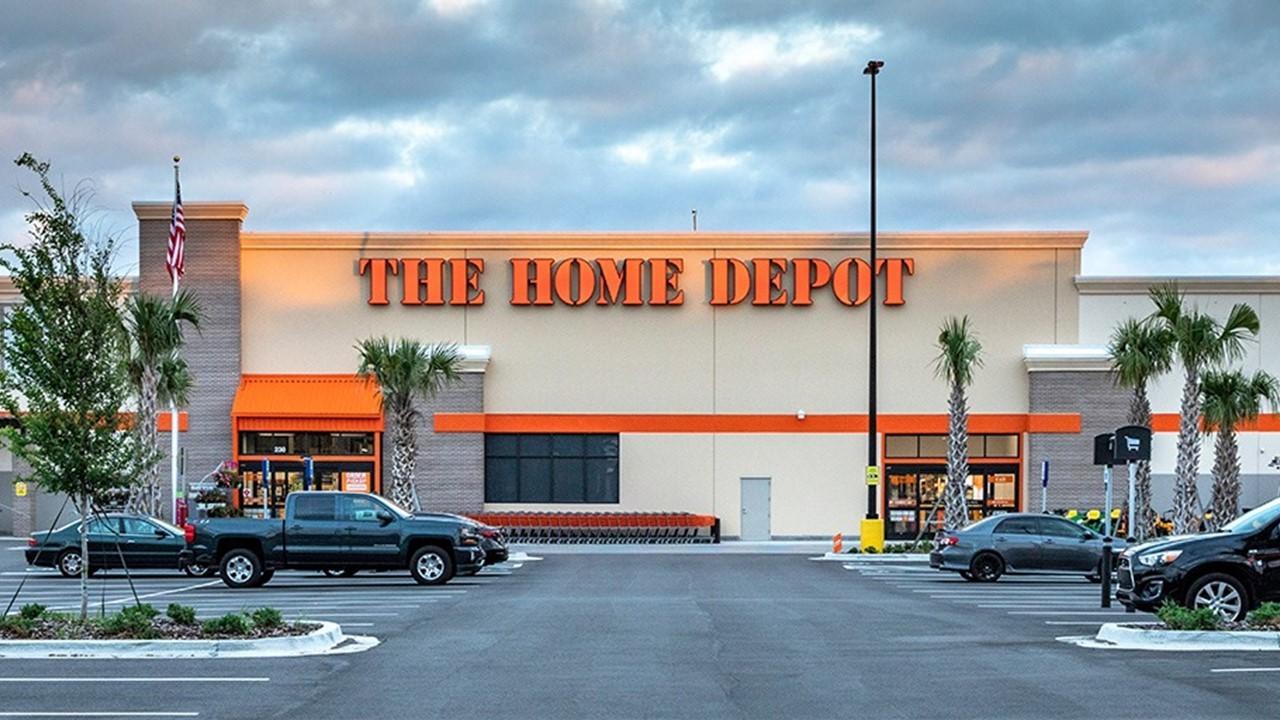What Are Some of the Biggest Cyberattacks in History?
Cyberattacks continue to impact millions of people. What are some of the biggest cyberattacks in history? What do cyberattacks mean on a global scale?
June 3 2021, Published 10:03 a.m. ET

As more of the world moves online, digital data becomes increasingly vulnerable. Cyberattacks seem more common than ever before. In 2021, Americans saw brief gasoline shortages due to a cyberattack on the Colonial Pipeline.
Investors might be able to benefit from the trend in cyberattacks if they buy cybersecurity stocks that make products and services to help protect user data.
There have been multiple cyberattacks in 2021.
Not even halfway through 2021, there have been multiple costly cyberattacks.
- The Colonial Pipeline attack on May 6 impacted the fuel supply chain across the southeastern U.S.
- Over Memorial Day weekend, Brazilian meat supplier JBS suffered a ransomware attack, which caused a shutdown of its U.S. plants.

The following are some of the other 2021 cyberattacks that have taken place worldwide:
Channel Nine
Harris Federation
CNA Financial
Florida Water System
Microsoft Exchange
Bombardier (airplane manufacturer)
Acer (computer manufacturer)
Sierra Wireless
Accellion, security software provider
What are the biggest cyberattacks ever?
The following are some of the biggest data breaches based on the number of people whose data was stolen or compromised, according to CSOnline.
Yahoo experienced one of the biggest data breaches. About 3 billion user accounts were compromised in attacks around 2013 and 2014.
Other major data breaches and the number of users' accounts affected include:
Adult Friend Finder: 412.2 million
Canva: 137 million
eBay: 145 million
Equifax: 147.9 million
DubSmash: 162 million
Heartland Payment Systems: 134 million
LinkedIn: 165 million
Marriott International: 500 million
MySpace: 360 million
NetEase: 235 million
Sina Weibo: 538 million
Zynga: 218 million
What are the most expensive cyberattacks?
The following are the most expensive cyberattacks to date. The costs come from payment of damages to impacted users as well as the expenses of additional credit monitoring and data security systems.
Some companies also had fines imposed by the FTC, the CFPB (Consumer Financial Protection Bureau), and the SEC.
- MyDoom was a 2004 malware attack that cost about $38 billion (Investopedia).
- SoBig was a 2003 virus that cost $37.1 billion.
- Sasser/Netsky was a $31 billion pair of viruses that attacked in the early 2000s.
- ILOVEYOU was a $15 billion email virus that played on people’s curiosity.
- NotPetya/ExPetr was a virus in 2017 that cost about $10 billion.
- StormWorm was a “trojan horse” in 2007 that cost about $10 billion.
- ConFicker was a 2008 virus that cost approximately $9.1 billion.
- WannaCry was a 2017 attack that cost $4 billion in damages (but only $300 in ransom).
- Code Red cost $2 billion in 2001.
- Slammer's exploited code within Microsoft servers in 2003 cost $1.2 billion.
- Equifax's data breach will cost it at least $575 million, which might increase to $700 million.

- Home Depot's data breach has cost it about $200 million (at least $134.5 million paid to credit card companies and banks, $19.5 million to affected customers, $25 million to financial institutions, and $17.5 million to 46 U.S. states and Washington, D.C.).
- Uber, a ride-sharing company, was fined $148 million for its 2016 breach.
- Colonial Pipeline paid $5 million to hackers.
When breaches occur, the costs to the companies at fault can drag on for years. Multiple settlements are made among the affected parties, so costs can increase.
